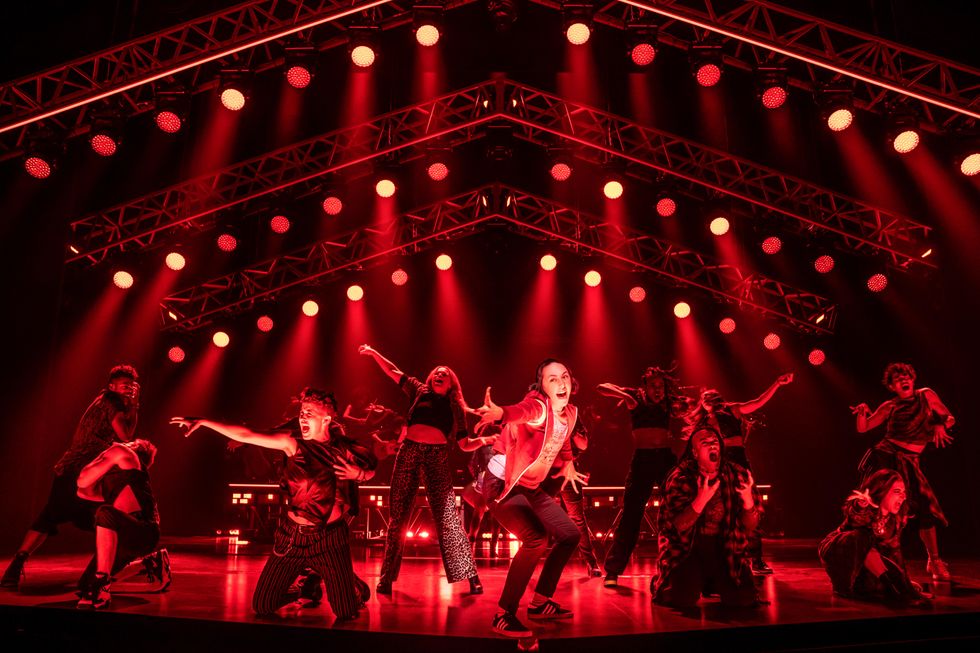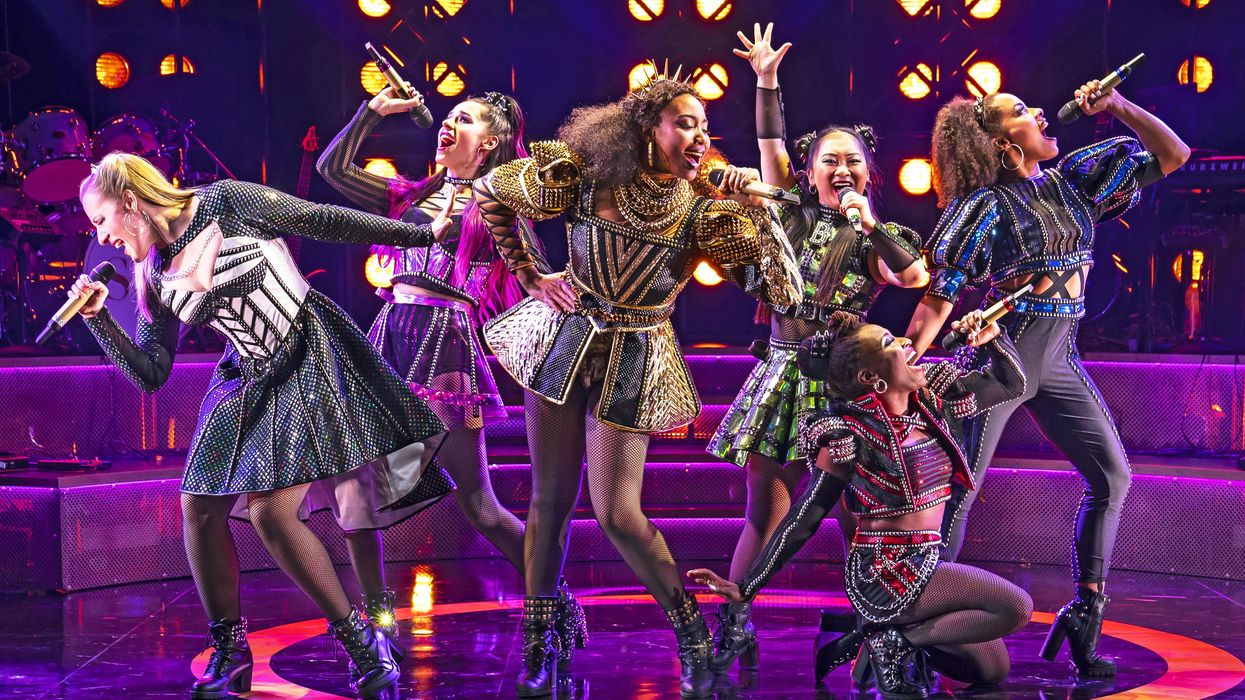How Broadway Found a Path to Reopening After Its Longest Shutdown in History
Did the dozen chairs that take such a beating in Come From Away need to be reinforced again? Would any rats that might have grown accustomed to having the run of empty buildings disrupt a haunting ballad in Hadestown by scampering across the stage? Who would be in the audience, and would they have to prove they’d been vaccinated against the virus that had darkened Broadway since March 12, 2020?
These were only some of the questions looming over the theater community after New York’s governor announced in May that Broadway shows would be able to return at full capacity. The answers took shape as musicals started selling seats and rebooting for this month’s long-awaited reopening. Laura Penn, executive director of the Stage Directors and Choreographers Society, notes that it had taken more than 120 years to create Broadway, “and we’re trying to resuscitate it in 90 days.”
Along with leaders of over a dozen other unions, Penn was hammering out the details with the producers and theater owners who make up the Broadway League. One member, Kevin McCollum, was hours from the opening night of SIX, the first of two new musicals he had planned for spring 2020 (the second, Mrs. Doubtfire, was in previews), when he learned that New York was shutting down all theaters. “None of us knew anything,” he recalls. “We were in a new world.” Like everyone else preparing to work that night, the SIX cast and crew left the theater in “suspended animation.” McCollum, meanwhile, continued to be billed for rent on the two theaters and kept waiting—and waiting and waiting—as SIX‘s light bulbs died, the plastic prosthetics that turn Rob McClure into Mrs. Doubtfire deteriorated and crew members left the city.
The tremendous financial fallout from the pandemic was on everyone’s mind, Penn says, as some producers looked for ways to “streamline” returning shows so they would be less expensive and unions tried to protect their members.
The easing of New York’s pandemic restrictions as case numbers went down and vaccinations ramped up meant that musicals planning a reopening this month could relax a bit, but how much? Producers have mandated vaccines for cast, crew, and audiences, and upgraded air filtration and sanitization measures can reduce the risks of viral spread. But droplets and aerosols will still be emitted by dancers and singers, and dressers can’t do their jobs from six feet away. Audiences will be required to wear masks and may well want to forgo drinks at intermission.
Health was not the only concern. “Even if everybody’s been vocalizing in their living rooms and dancing in their kitchens,” Penn says, “that’s not the full use of their muscles.”
For Andy Blankenbuehler, it wasn’t only about bringing
Hamilton back to Broadway. He and his team were readying the show for Britain and four American touring companies, as well. (It had opened in Australia in January 2021 before facing a COVID-19 shutdown.) Fitness questions were tackled head-on, by paring rehearsal schedules from six days to five, and beginning sessions with 90 minutes of conditioning work instead of proceeding right into the numbers. “It wasn’t just about helping people avoid injuries,” he says. “We wanted to address their emotional and mental health. There’s a very real feeling of ‘Am I still good at what I do?’ Some people feel ‘The world did not need us.’ ” Blankenbuehler also wondered if, after a knee replacement, he could be the same choreographer. Then he realized, “Any responsible artist is coming back to this as a different artist.”
Come From Away
got a head start on re-rehearsals by reconvening in the spring to perform to an empty theater for an Apple TV+ film. Choreographer Kelly Devine was pleased by how prepared the cast was. “But we’d had such a long time off, and the show moves so fast,” she says, “it was a journey to find that rhythm again.” Still, by the end, “It felt like coming home.”
At Last, the Tonys

Lauren Patten in Jagged Little Pill, which garnered 15 Tony nominations, including Best Choreography and Best Musical
Matthew Murphy, Courtesy DKC/O&M
When the pandemic shut down all the Broadway theaters in New York City, the season was heading into its final frenzy of openings prior to the eligibility cutoff for the Tony Awards on April 23. Contingency plans were laid, tentative return dates came and went. In August, the Tony Administration Committee announced the retroactive eligibility cutoff for the 2019–20 prizes: February 19, thus eliminating from contention three musicals that hadn’t been seen by enough voters (Girl From the North Country, West Side Story and SIX). Nominations for the interrupted season came in October, along with word that the ceremony would take place in conjunction with Broadway’s return.
Finally, more than 15 months after the originally scheduled date for the 74th Annual Tony Awards, they are here, airing Sunday, September 26, in a new format: four hours split between network television—CBS—and an on-demand streaming platform—Paramount+. The Tony Awards begin at 7 pm ET, on Paramount+ and the CBS app, with the live presentation of most of the awards. The three biggest—for Best Play, Best Revival of a Play and Best Musical—will cap the starry television broadcast, billed as The Tony Awards Present: Broadway’s Back!, on CBS and streaming from 9 to 11 pm. Along with excerpts from the three nominated musicals—Jagged Little Pill, Moulin Rouge! and Tina—it will feature an army of theater luminaries performing beloved Broadway numbers old and new.




